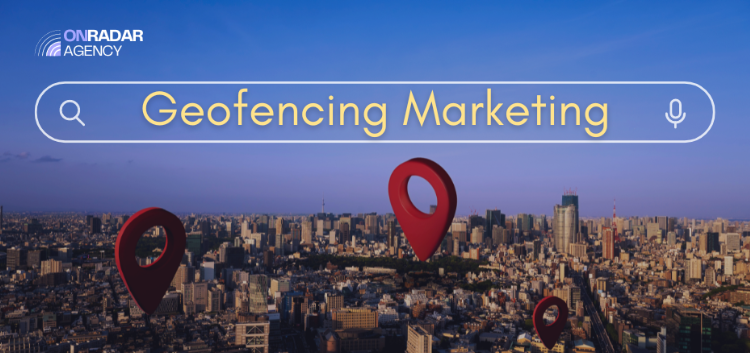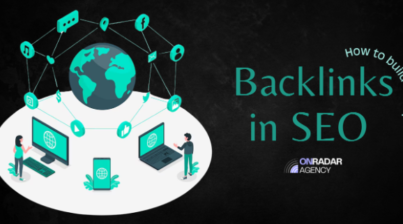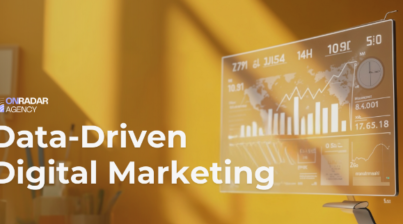Local businesses increasingly turn to innovative digital strategies like geofencing marketing in order to precisely target their audience and drive foot traffic to their location. Imagine being able to attract potential customers when they arrive near you business location by offering tailored offers and messages specifically targeted toward them! That is the power of geofencing marketing–an invaluable strategy that local companies use to amplify marketing efforts and boost sales.
Understanding Geofencing Marketing
What is Geofencing?
Geofencing is a location-based technology that uses GPS, RFID or Wi-Fi signals to establish virtual boundaries around specific geographical areas using virtual fencing – or “geofences,” depending on how large they are – such as meters to kilometers wide in diameter. Once someone enters or leaves one of these “geofences”, certain actions take place such as sending push notifications, showing ads or gathering consumer behavior data.
Benefits of Geofencing Marketing
- Precision Targeting: Geofencing allows businesses to target their marketing efforts with pinpoint accuracy. From stores, event venues, or service areas – geofencing provides businesses with an effective means of sending relevant messaging in real-time to prospective customers based on where they’re situated.
- Increased Engagement: Businesses can leverage geofencing technology to increase customer engagement through timely, location-specific messages that resonate with their target audiences, such as advertising a flash sale or providing discount coupons; geofencing provides personalized interactions that connect directly with consumers and drive results for success.
- Enhanced ROI: Geofencing offers higher return on investment (ROI) compared to traditional advertising by targeting marketing spend on audiences most likely to convert and thus minimizing wasted ad spend and optimizing campaign impact.
Strategies for Effective Geofencing Marketing
1. Define Your Geofence Parameters
To effectively implement geofencing marketing, carefully define your target area. Consider factors like business location, customer demographics and competitor locations when tailoring the size and shape of the geofence so as to capture relevant foot traffic and prospective customers.
2. Craft Compelling Local Service Ads
Local service ads (LSAs) can be an extremely valuable resource for local service industries like plumbing, HVAC and legal. LSAs appear at the top of Google search results with key business details including reviews, hours of operation and contact info – geofencing increases exposure among potential local customers who actively search for these services.
3. Personalize Offers and Messages
Geofencing marketing stands out among its competition with its ability to offer tailored offers and messages based on customers’ location and behavior. Use geofencing marketing to reach target promotions, exclusive discounts or reminders about upcoming events to potential customers within your geofenced area – personalization can strengthen engagement by prompting them to take immediate action.
4. Measure and Optimize Campaign Performance
As with any marketing strategy, measuring geofencing campaign effectiveness is of utmost importance. Analytics tools should be employed to track metrics such as foot traffic, impressions, click-through rates, conversion rates and customer behavior analysis gathered during campaign performance evaluation – this data can then be utilized to inform strategy improvements with ongoing improvements to results that maximize return on investment (ROI).
5. Engage with Location-Based Social Media Campaigns
To maximize geofencing marketing efforts, tap the potential of social media. Create location-based campaigns on platforms like Facebook, Instagram or Twitter targeting users within your geofenced area; incentive check-ins with photos/reviews by offering incentives or running contests – this approach not only increases brand exposure but also encourages organic engagement from local audiences while spreading brand promotion word-of-mouth promotion organically.
Conclusion
Geofencing and location-based marketing present local businesses with an invaluable opportunity to connect with their target customer in meaningful ways. Utilizing geofencing technology combined with local service ads, businesses can increase visibility, drive foot traffic, increase sales and foster stronger customer relationships by targeting specific geofences that target specific customer groups within each geofence. Geofencing marketing stands as an indispensable strategy in today’s increasingly personalized experience-focused world of commerce – it should become a strategic imperative in local business plans looking to compete successfully within it all.




